How To Build The Right Set Of Metalwoods For Your Game
How should you configure the clubs at the top end of the bag? We outline everything you need to consider when choosing a driver, fairway wood and hybrid…
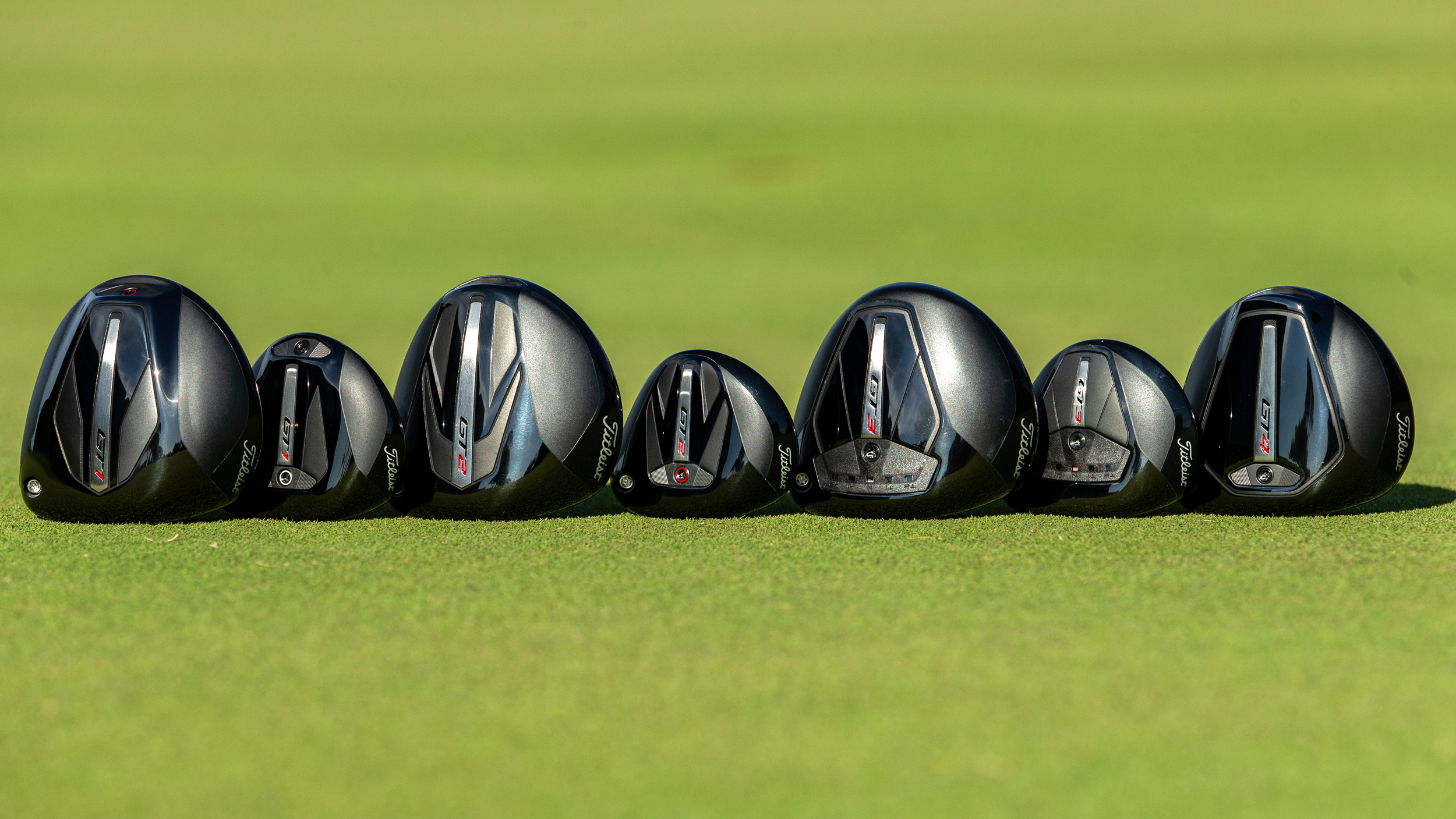

Most of us are aware that golf is fast-becoming a power game with data like Strokes Gained proving the scoring benefits of hitting the ball longer for every level of golfer. Finding the right driver for you is a key ingredient to achieving this but there is some nuance to how to set up the other clubs in the top end of your bag too that can further improve your ability to shoot lower numbers.
Tradition dictates that the longest and lowest lofted club every golfer should use is a driver. The best drivers come in the maximum permitted volume of 460cc and usually in lofts ranging from 8-12°. Drivers also have the longest and lightest shafts, allowing golfers to swing them faster than any other club in the bag to achieve the most distance.
The PGA TOUR Superstore stocks the full range of Titleist GT metalwoods including the GT driver, fairway woods and hybrid families, all of which are available for a full custom fitting in store. Speak to its friendly, highly-trained staff to find out which model is right for your game and how to build your ideal set of metalwoods.
There are plenty of options within the driver category that cater for the varying spin profiles, forgiveness and adjustability each player demands. Generally, faster swingers (105mph or more) will require a lower-spinning driver (sub 2500rpm) to achieve optimum ball flights and distance but a lot of this is player dependent and is affected by how the golfer delivers the driver into the ball.
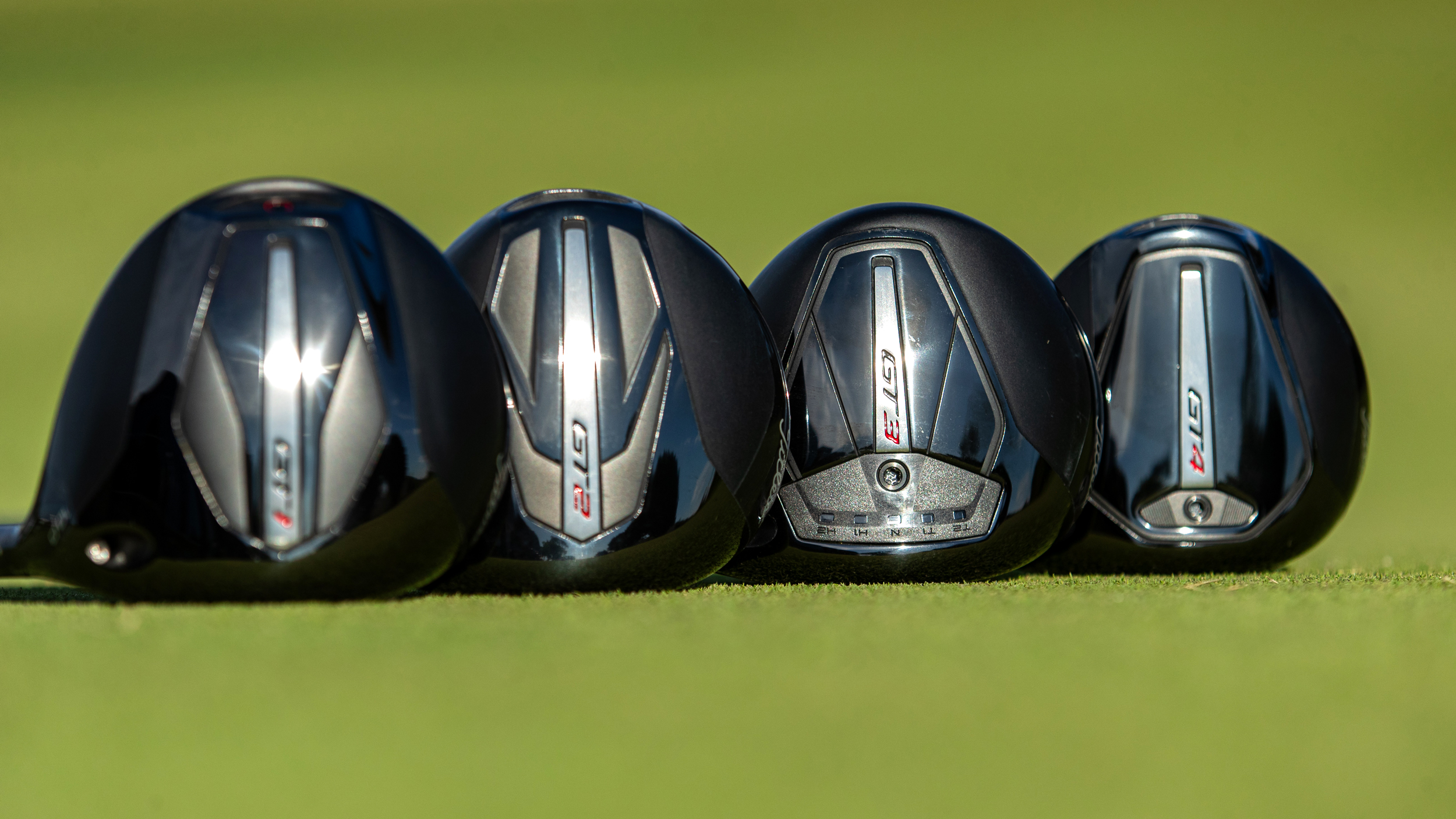
Across the four models in the Titleist GT driver family, which are available at PGA TOUR Superstore, every golfer will be able to find unparalleled performance
Some manufacturers offer a wide range of models to cover every eventuality, for example Titleist has four models in its GT range to fit every golfer. They range from the GT4, which provides a compact profile and very low spin for the accomplished, high-speed player, all the way down to the GT1 - a lightweight, draw-biased driver aimed mostly at beginners and senior players that have a slower swing speed.
Club golfers would usually be better served choosing a driver that prioritises forgiveness off-center as the strike pattern tends to be more inconsistent. The goal when choosing a driver is to find a model that produces the most amount of controllable distance. There’s no point hitting the ball further if it ends up in the rough or worse out of bounds most of the time - you need to balance both distance and accuracy here.
Adjustability is the final factor to think about when choosing a driver. Of course you want your driver to be properly custom fitted but selecting a driver that is adjustable for loft and lie, perhaps with the addition of moveable weight on the sole, will increase the longevity of your driver should you decide to make swing changes down the line.
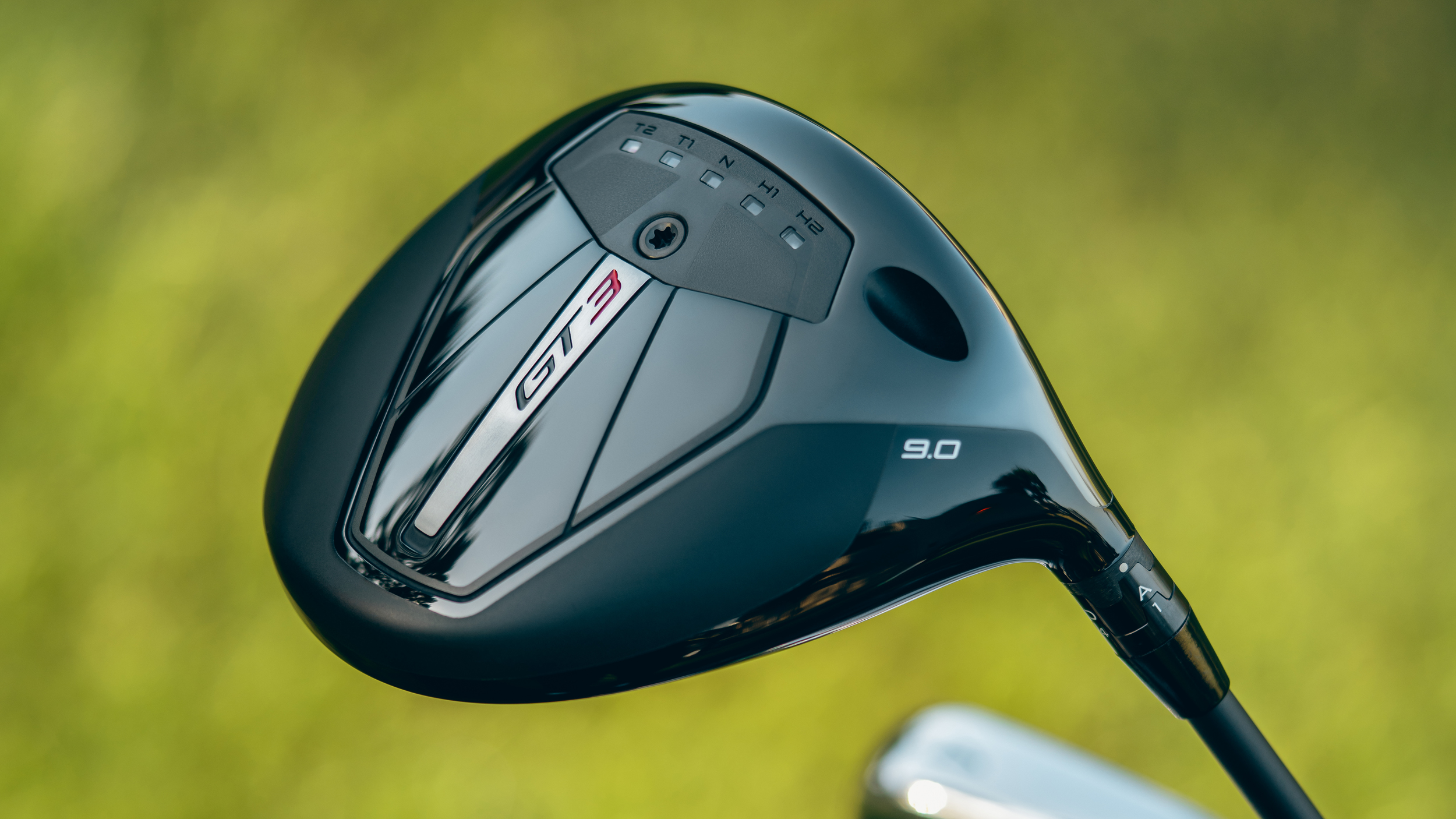
Suited for golfers with a consistent impact location, the GT3 driver offers a precisely adjustable CG Track to maximize distance and directional control
It should be said that a driver may not benefit everyone. Some golfers struggle to control the direction of their golf ball with such a low-lofted club while others can have difficulty separating the technical demands of the golf swing required to hit a driver versus the other clubs in the bag. But for 99 per cent of golfers, a driver is a good place to start.
Get the Golf Monthly Newsletter
Subscribe to the Golf Monthly newsletter to stay up to date with all the latest tour news, equipment news, reviews, head-to-heads and buyer’s guides from our team of experienced experts.
Moving down the bag, golfers have some options to choose from for the next slot. The emergence of the mini driver is certainly something to consider if you struggle to find fairways with the driver or want something that will provide more distance off both the tee and fairway than a traditional three wood.
Mini drivers, as the name suggests, usually come in smaller than a standard driver but larger than a three wood. The shaft length also dissects the two clubs and can be a real asset in the right hands. Mini drivers, like the Titleist GT280, have become increasingly popular on tour in the last couple of years for their fairway-finding potential but also their versatility from the tee and turf. They are predominantly aimed at low handicap golfers because of the skill required to strike them cleanly from the ground.
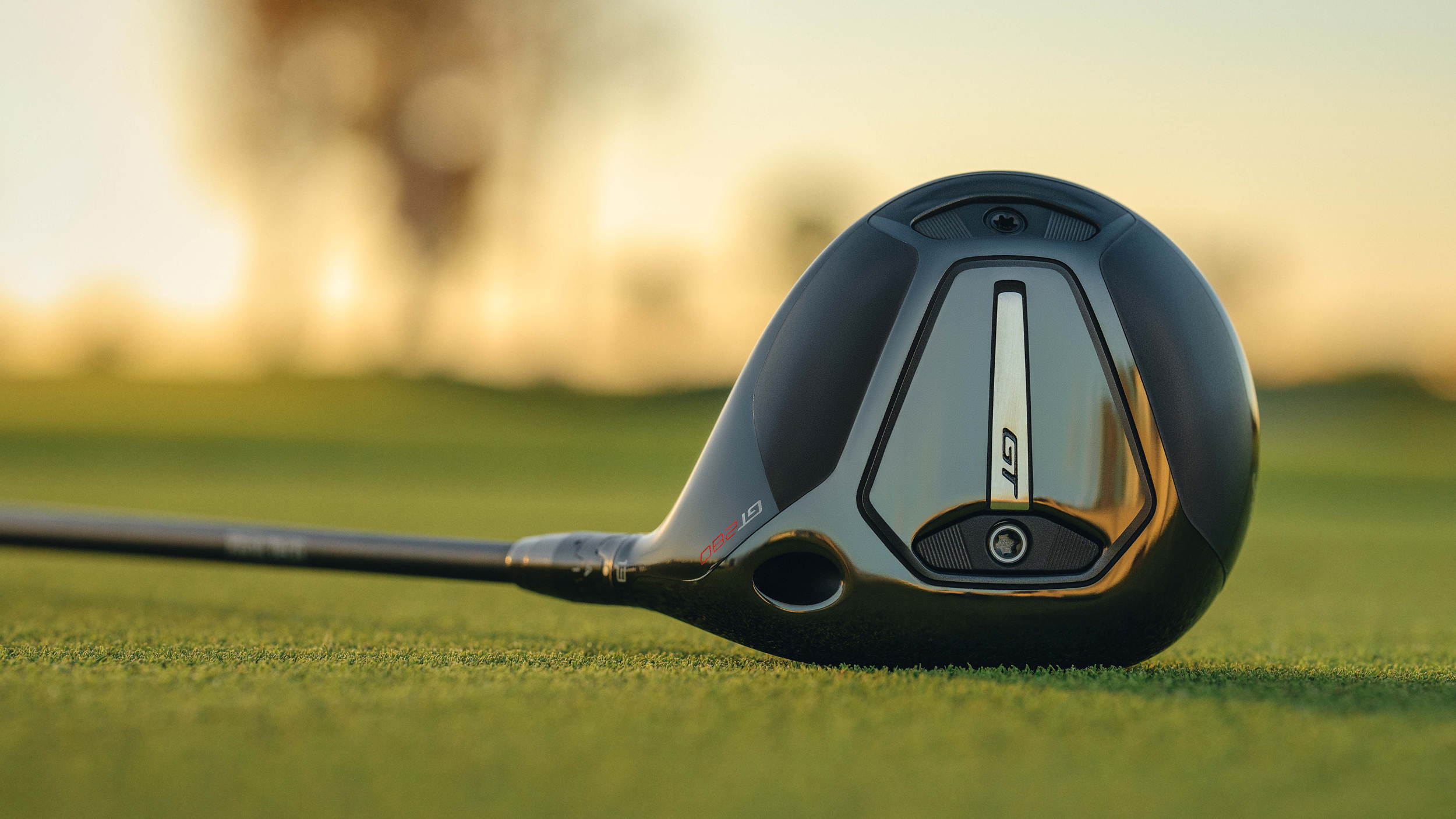
The Titleist GT280 mini driver has proven popular at tour level
For the majority of players, though, a three wood strikes the best balance of achieving good distance while also being playable from the turf as the next longest club in the bag after the driver. But the low loft (usually 15°) and intimidating profile means that high-handicap golfers may be better served transitioning into a four-wood or five wood. This extra loft will also help those with slower swing speeds get more optimal launch, spin and carry distance.
Golfers of course have the option of adding a three wood and an additional fairway wood in the bag. We’ve seen tour players use anything from a five wood (18°) to a seven-wood (21°) or even a nine-wood (24°) to provide better performance from thick rough and more stopping power when hitting into firm greens from distance.
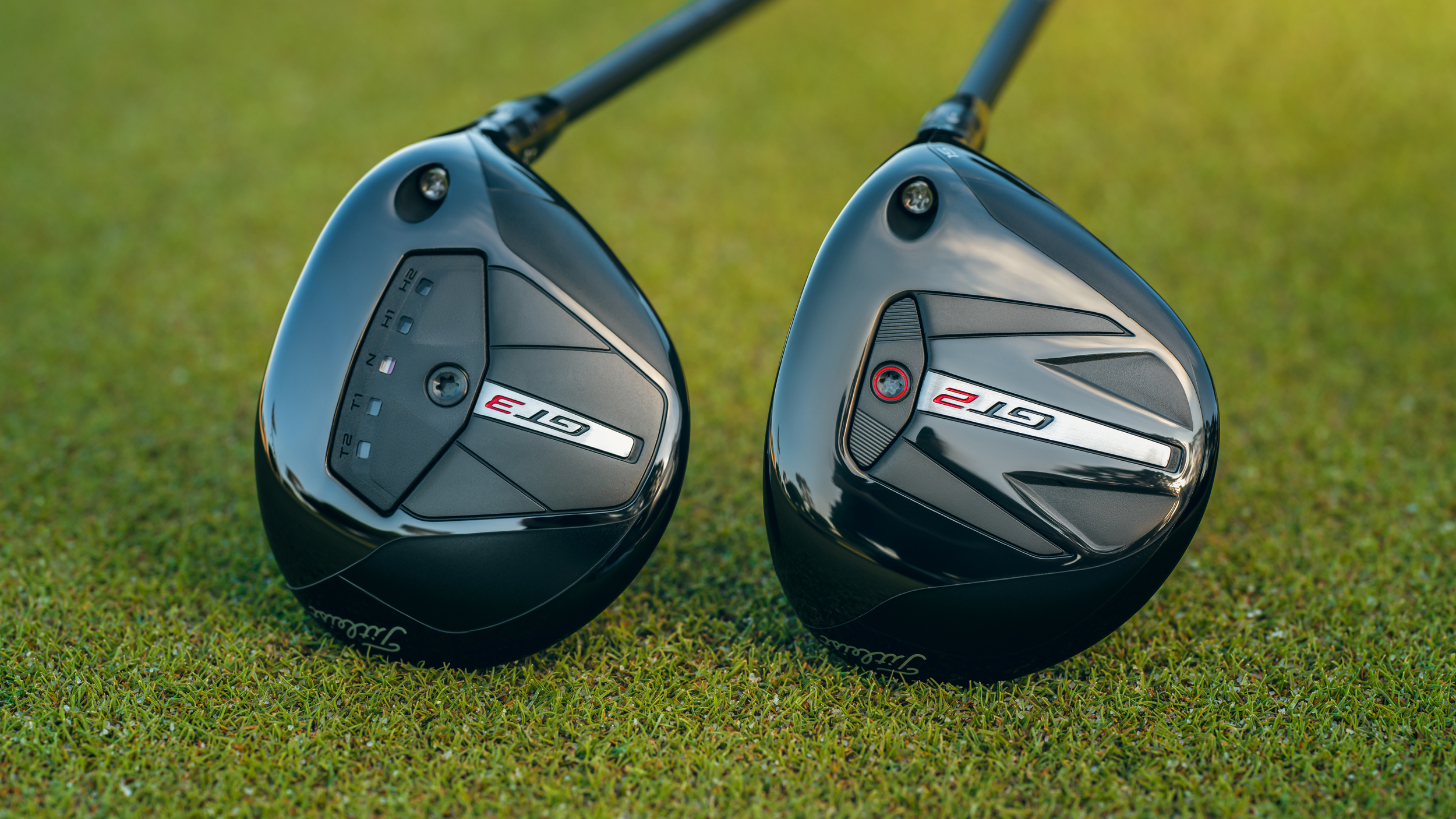
The Titleist GT2 and GT3 fairway woods balance power, forgiveness and versatility via a cutting-edge design and market-leading adjustability
But all this is affected by the clubs at the other end of your bag, specifically how many wedges you want to carry. If your course is shorter and you need lots of options from short range, you’ll likely want to carry four wedges and therefore may not have the option of an additional fairway wood unless you want to replace your longest iron. Most iron sets start at a 4-iron or 5-iron but we’re seeing, certainly at amateur level, more golfers choosing easier-to-hit hybrid clubs over long irons and starting their iron set higher.
Hybrids are the final piece of the puzzle when it comes to building the top end of your bag. Hybrids range in loft from 17° all the way up to 34° and you can even buy a full set of hybrids to completely replace your irons for maximum forgiveness. Most golfers, however, choose one or two hybrids to slot in between their fairway wood and longest iron but the crucial thing to get right here is the distance gapping.
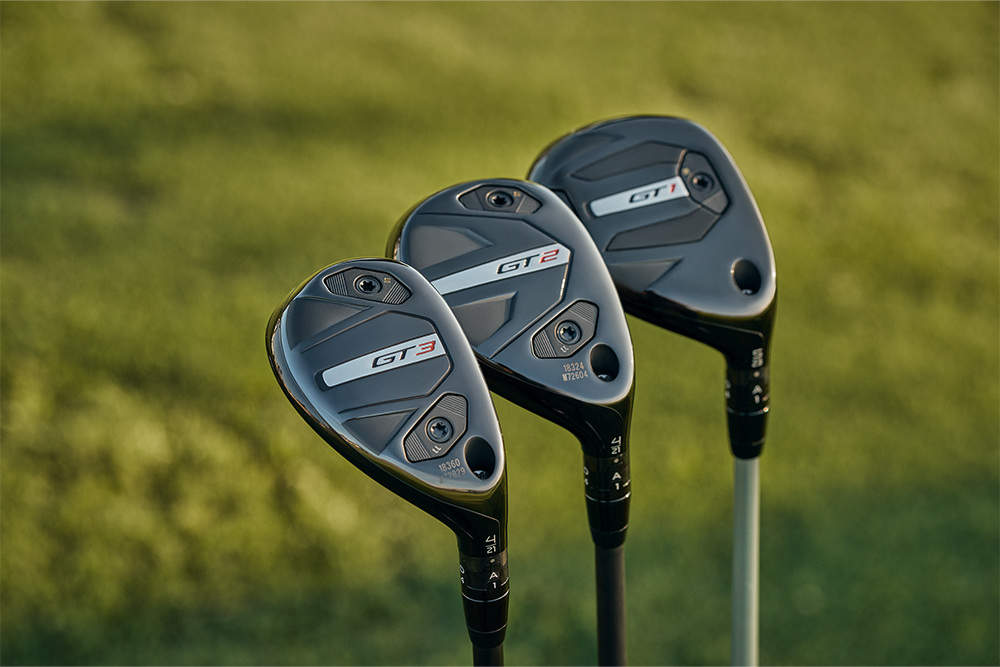
The Titleist GT hybrids are some of the most advanced in the game and golfers have three options to choose from in the GT1, GT2 and GT3
You need to make sure all your metalwoods are covering off the distances evenly. Your club fitter will usually work off your driver carry distance and the carry distance of your longest iron and fill the gaps accordingly, based on your ability, preferences in the type of club you like the look of and the number of clubs he has to play with. So if your driver goes 250 yards and your 4-iron 200 yards, one approach would be to add a three wood that goes 230 yards and a hybrid that goes 215 yards to ensure there’s no bunching at this end of the bag.
Of course with any club you intend to add to your bag, it's vital that you get custom fitted by a qualified PGA professional. This process will ensure that the clubs are set up to match with your particular golf swing tendencies and that the maximum performance is attained in terms of distance and accuracy. Your fitter will also be able to advise on the types of clubs that would benefit your game at this crucial end of the bag.
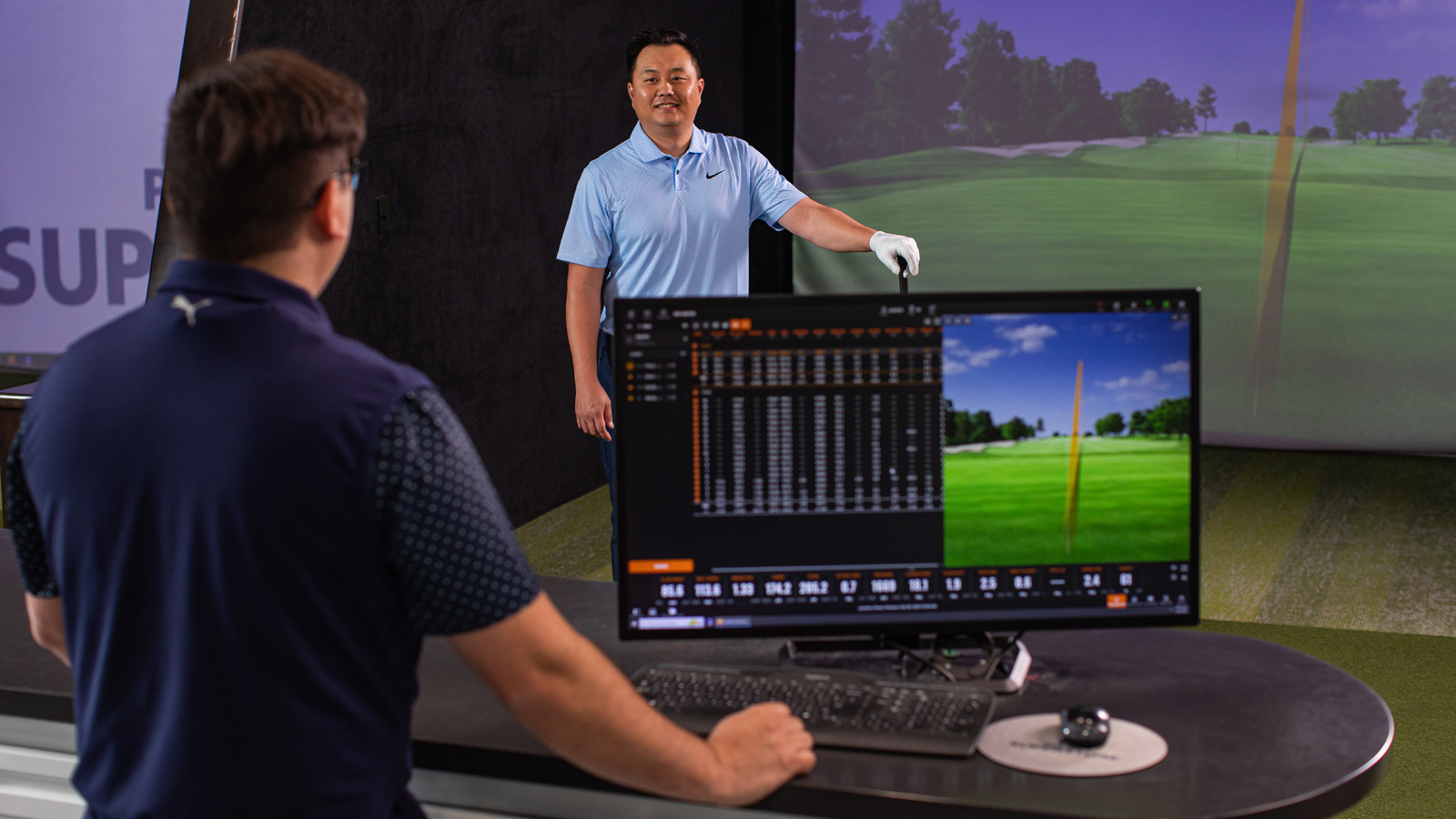
The PGA TOUR Superstore has expert, friendly fitters in store that can guide you into the right metalwoods for your game
One final consideration is the course set up and conditions you usually play in. If your course is tight off the tee, you want to prioritise clubs that you can hit accurately - so perhaps a mini driver would be a good addition to the bag instead of a driver. Perhaps there are lots of long par threes and some variety in the hybrids you carry would increase your chances of hitting the green. Or maybe you play most of your golf on exposed links courses and therefore a metalwood set up that produces a lower trajectory would enhance your scoring potential.

Joel has worked in the golf industry for over 15 years covering both instruction and more recently equipment. He now oversees all equipment and video content at Golf Monthly, managing a team of talented and passionate writers and presenters in delivering the most thorough and accurate reviews, buying advice, comparisons and deals to help the reader or viewer find exactly what they are looking for.
One of his career highlights came when covering the 2012 Masters he got to play the sacred Augusta National course on the Monday after the tournament concluded, shooting a respectable 86 with just one par and four birdies. To date, his best ever round of golf is a 5-under 67 back in 2011. He currently plays his golf at Burghley Park Golf Club in Stamford, Lincs, with a handicap index of 3.1.
Joel's current What's In The Bag?
Driver: Titleist GT3, 9°, Fujikura Ventus Black 6 S shaft.
Fairway wood: Titleist TSR3, 15°
Hybrid: Titleist TSi2, 18°
Irons: Titleist T150, 4-PW
Wedges: Titleist Vokey SM10, 50°, 54° and 58°
Putter: LAB Golf DF3
Ball: 2025 Titleist Pro V1x
-
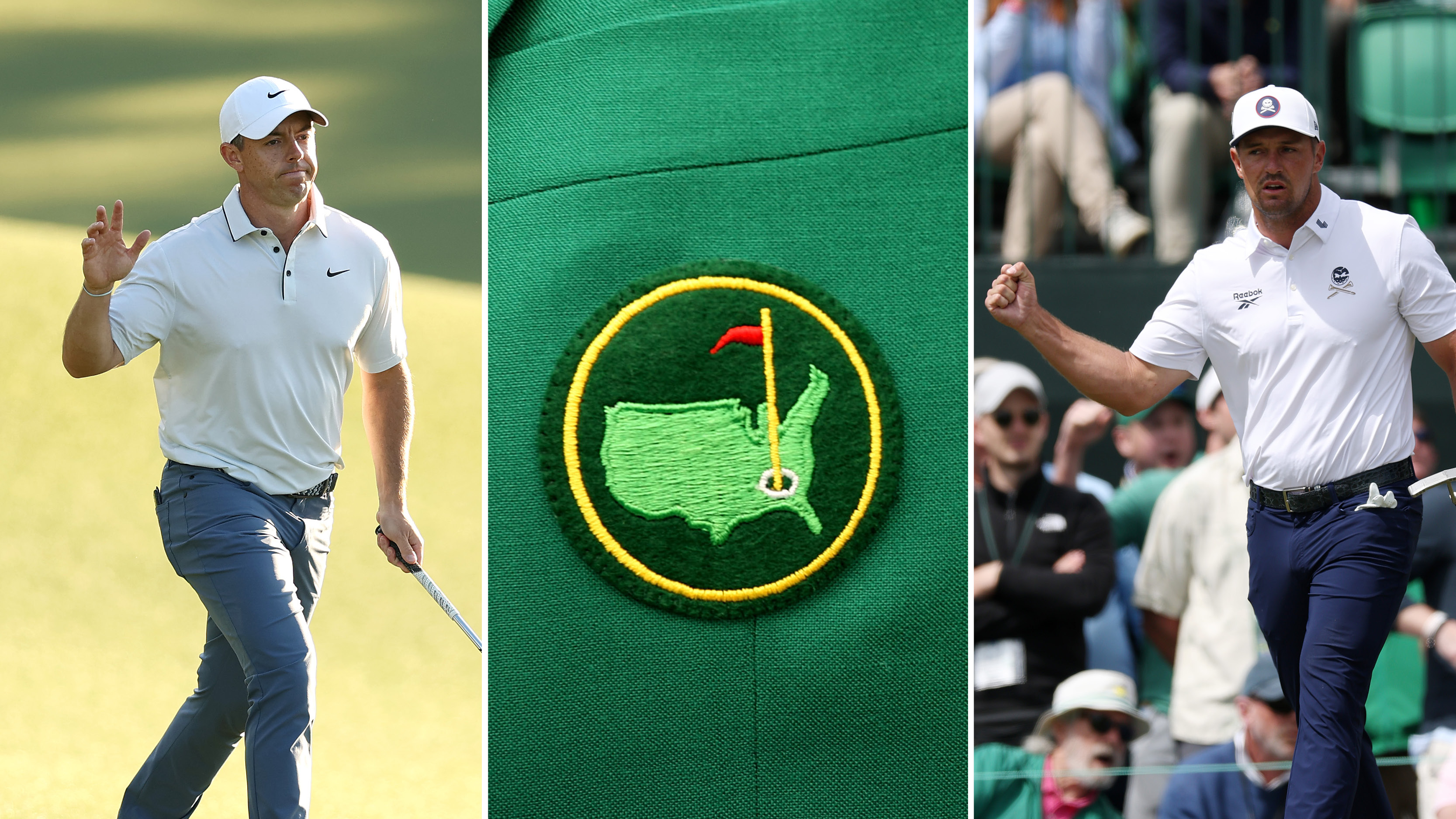 Rory McIlroy vs Bryson DeChambeau: Who Are We Picking To Win The 2025 Masters?
Rory McIlroy vs Bryson DeChambeau: Who Are We Picking To Win The 2025 Masters?We're set up for a blockbuster final day at Augusta National where Rory McIlroy and Bryson DeChambeau play together in the final group
By Elliott Heath Published
-
 The Masters Crystal Rory McIlroy Has Already Won At Augusta National This Week
The Masters Crystal Rory McIlroy Has Already Won At Augusta National This WeekMcIlroy leads going in to the final round at Augusta National, with the four-time Major winner already bagging some silverware before he looks to claim the Green Jacket
By Matt Cradock Published
-
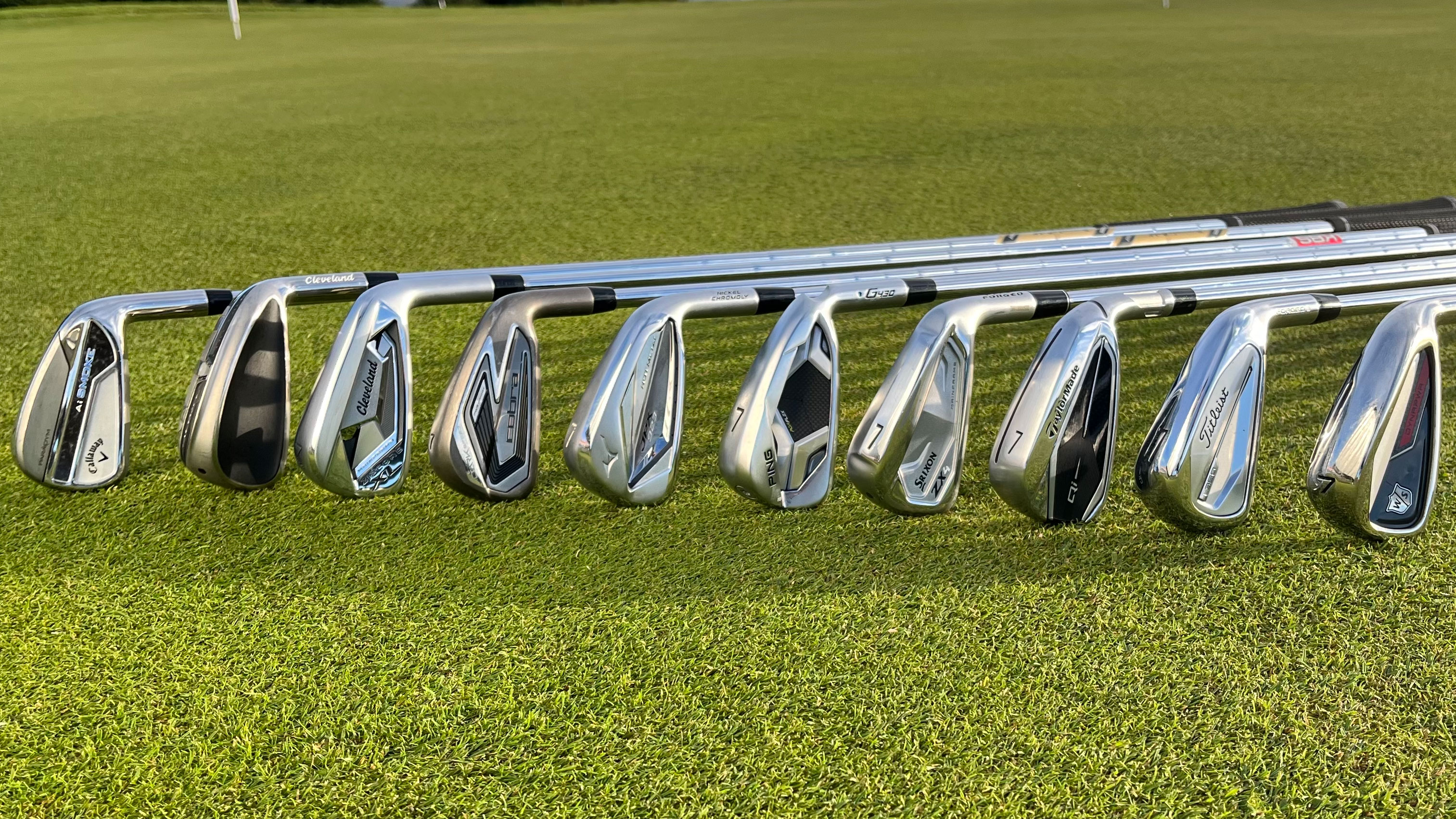 Do You Need Stronger-Lofted Irons? The Arguments For And Against
Do You Need Stronger-Lofted Irons? The Arguments For And AgainstAre you looking for greater distance? We look at the pros and cons of playing irons with stronger lofts
By Michael Weston Published
-
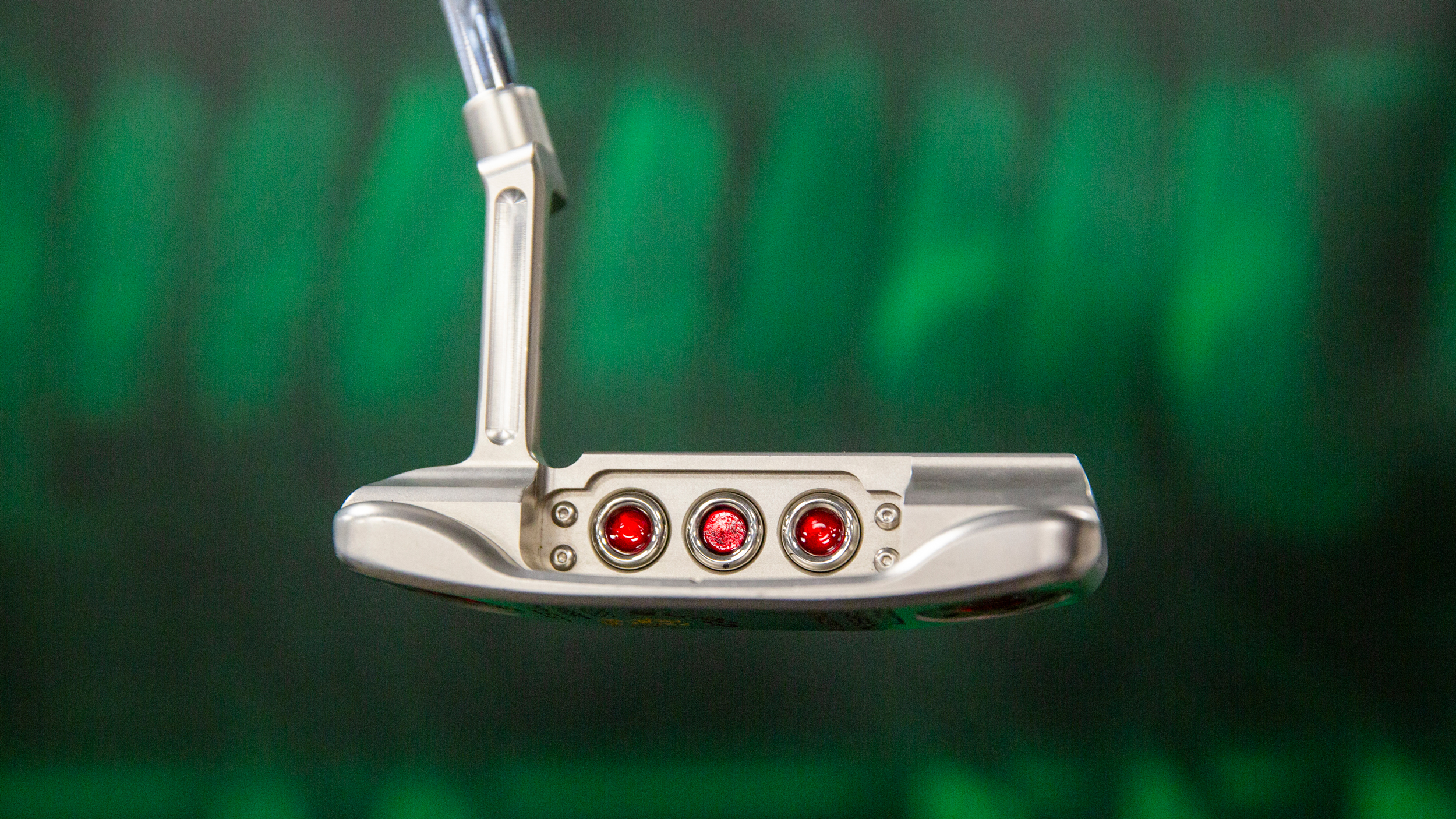 What Is My Putter Worth?
What Is My Putter Worth?Is now the time to part with your flatstick? You might be wondering how much it's worth, but there are many factors to consider that will affect its value...
By Michael Weston Published
-
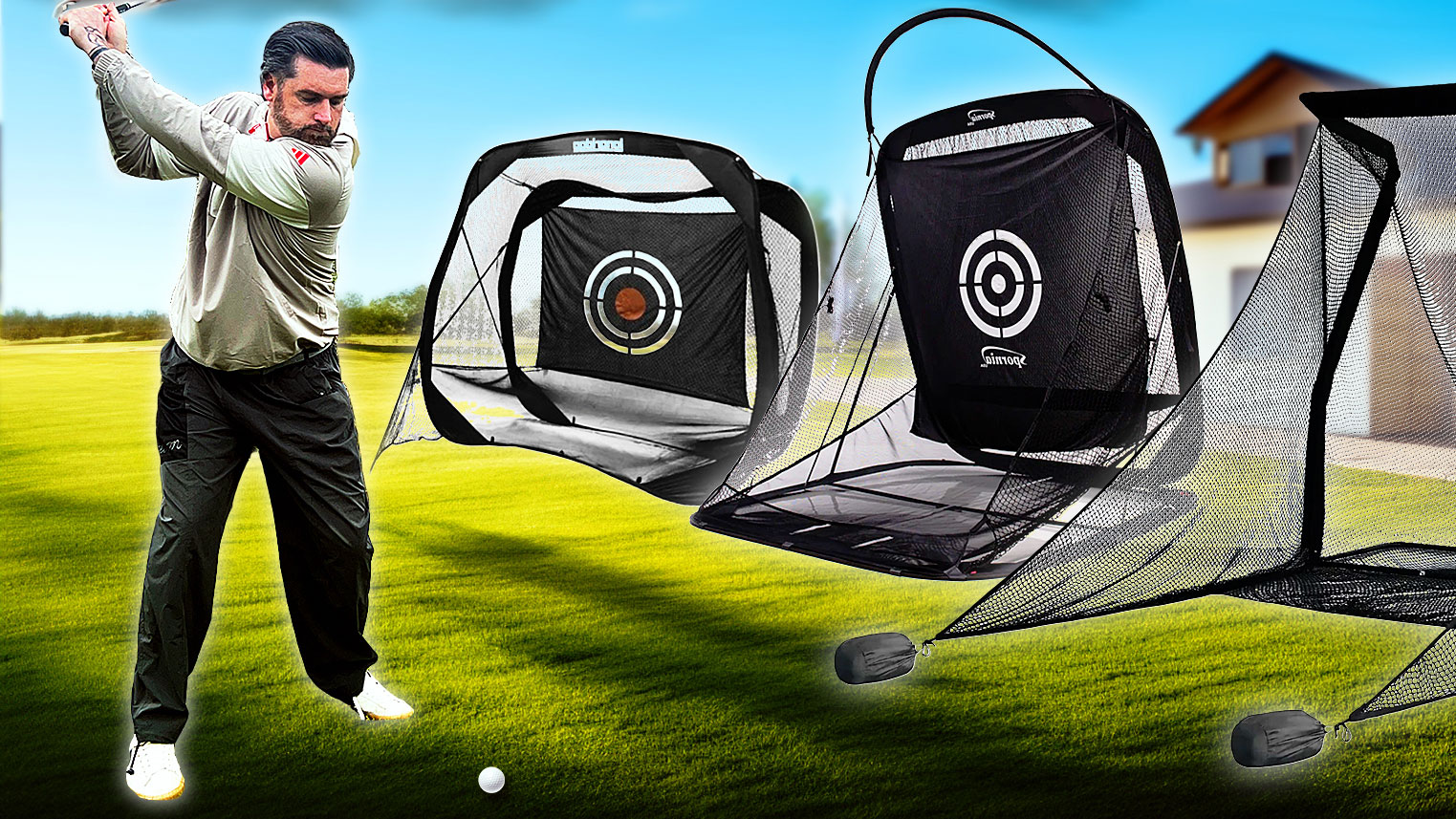 I Tested 5 New Golf Practice Nets And One Really Stood Out
I Tested 5 New Golf Practice Nets And One Really Stood OutJoe Ferguson has been looking at some home practice solutions to see which one might best suit your needs and budget
By Joe Ferguson Published
-
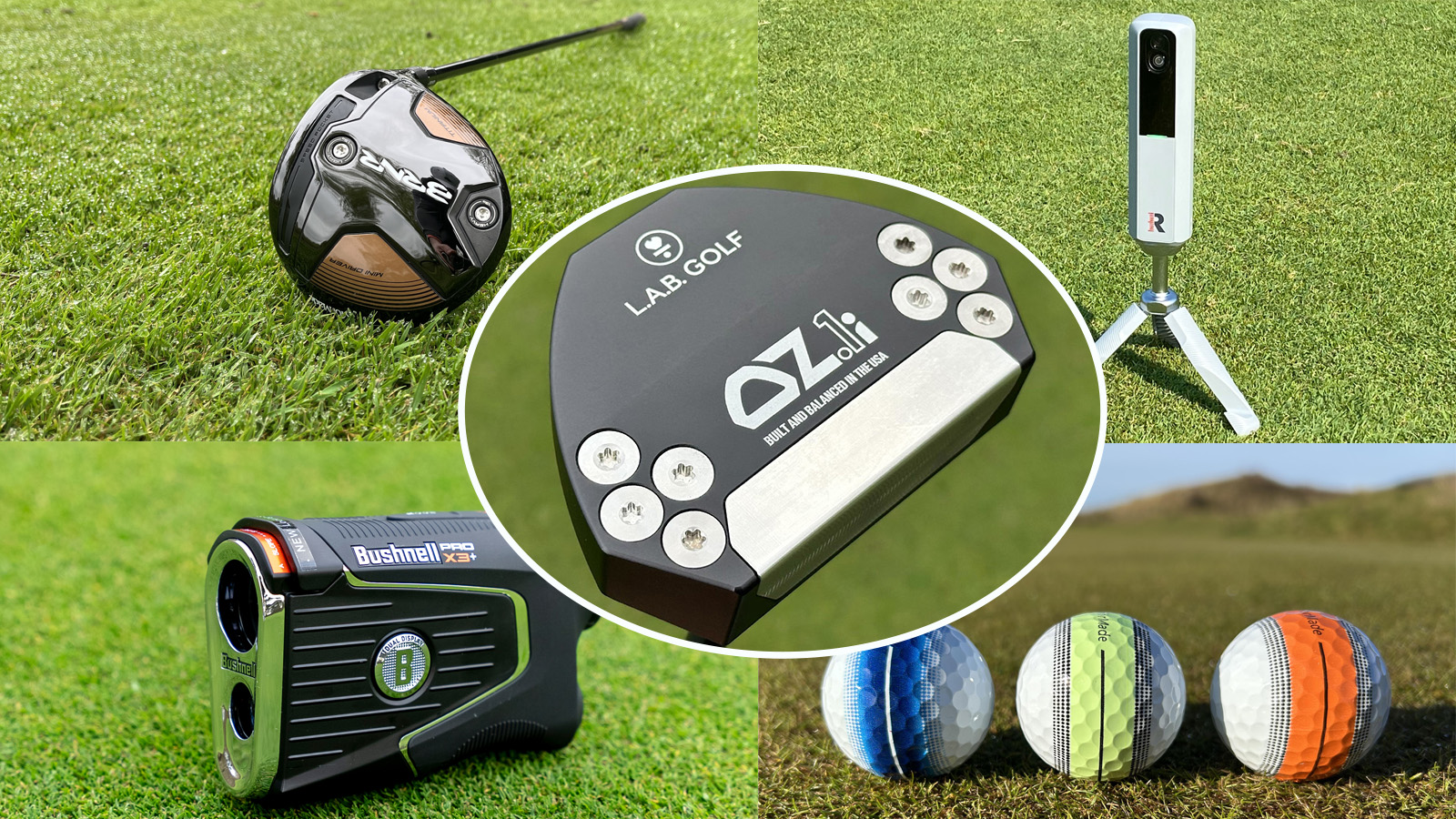 The 7 Biggest Golf Gear Trends In 2025
The 7 Biggest Golf Gear Trends In 2025Take a look at the most popular golf equipment trends of 2025 and why your game may benefit from them
By Sam De'Ath Published
-
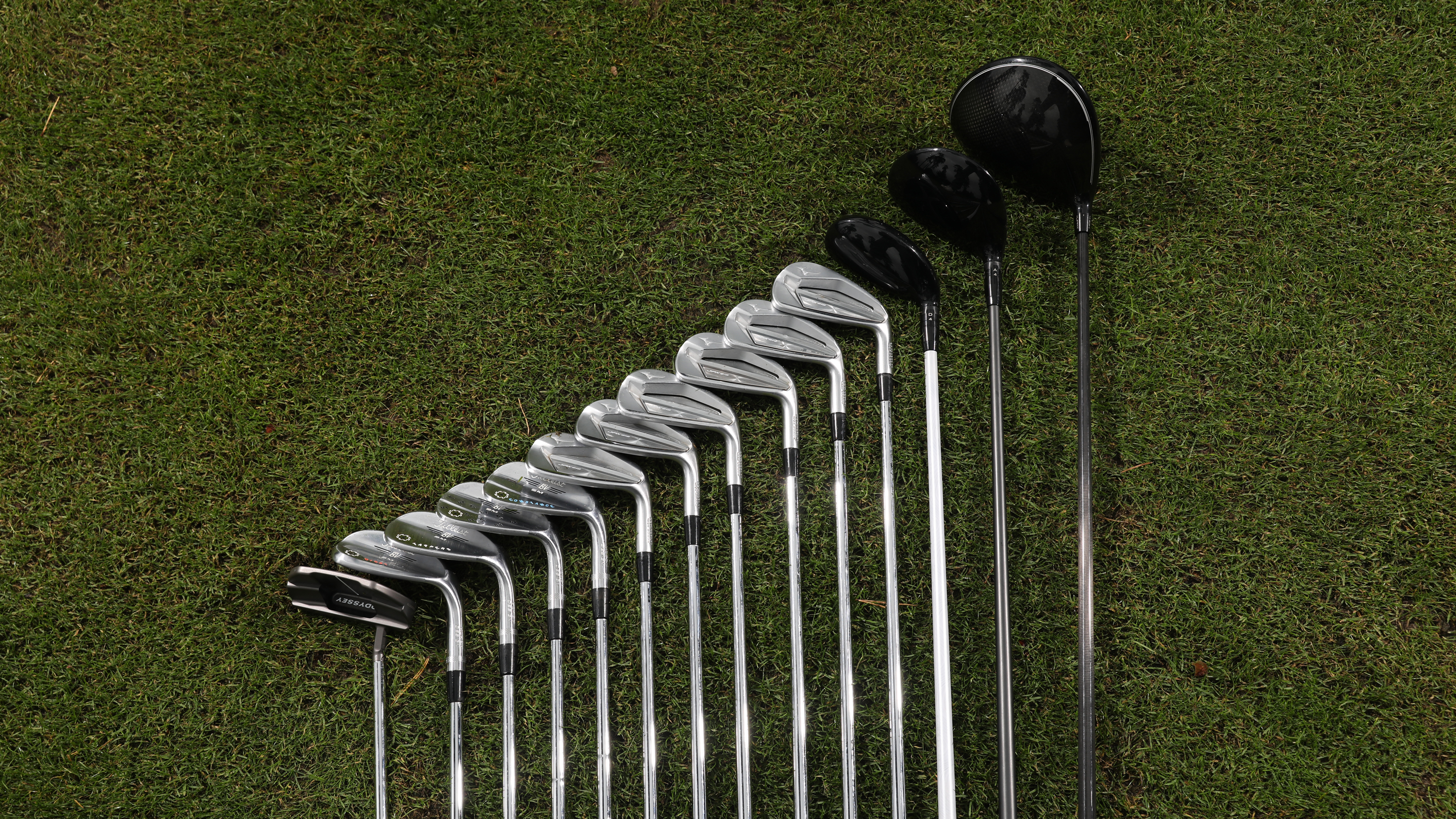 What Club Should Take The 14th Spot In Your Golf Bag?
What Club Should Take The 14th Spot In Your Golf Bag?The Rules say you are allowed to carry 14 clubs so you might as well do so, choosing the right weapon to complete your set-up could change your game.
By Fergus Bisset Published
-
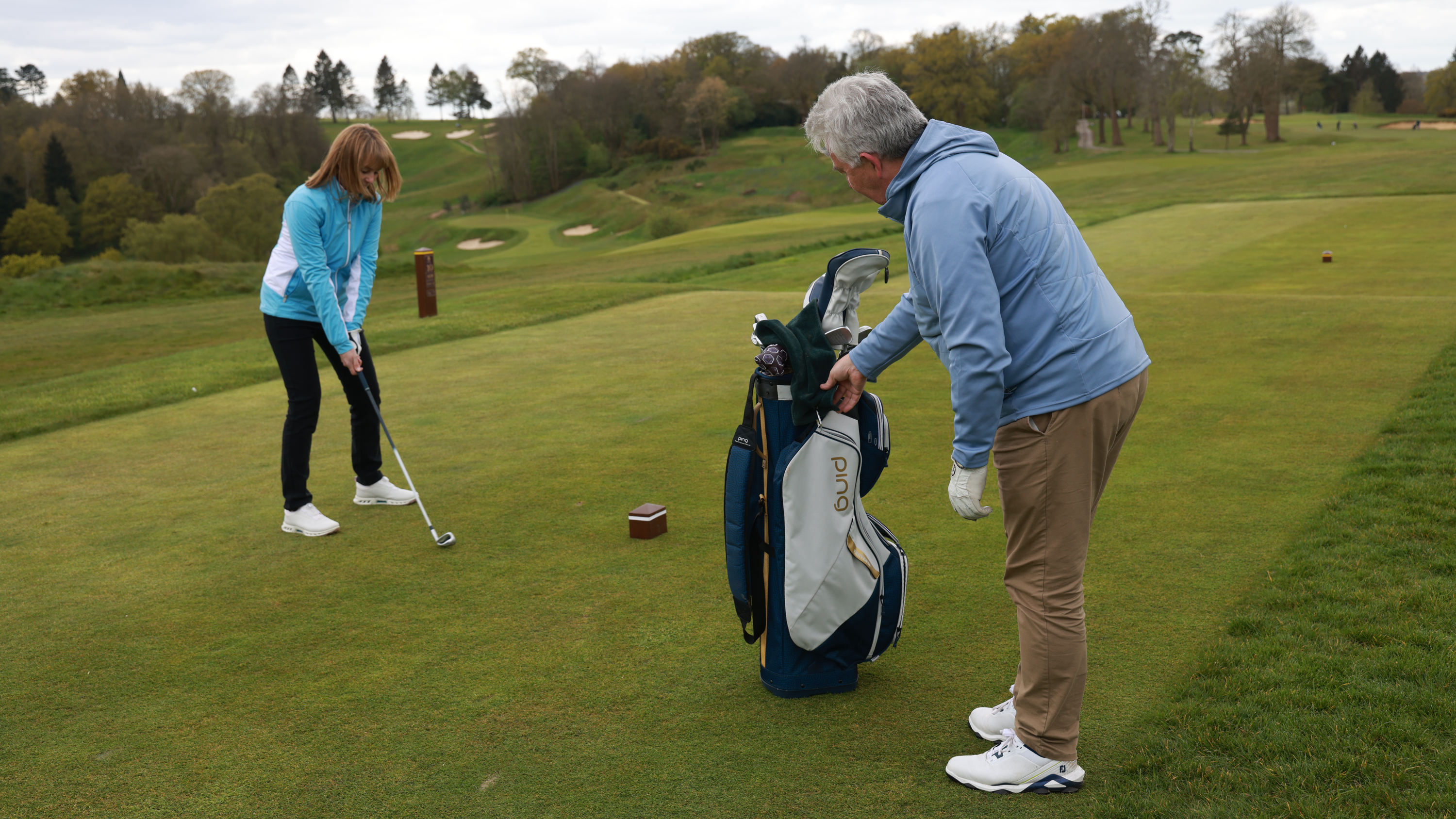 Should Some Men Use Women’s Golf Clubs?
Should Some Men Use Women’s Golf Clubs?Could a swap to women’s golf clubs help some men’s games? Is it a realistic option to make the switch? We spoke to a PGA pro to get the answer
By Fergus Bisset Published
-
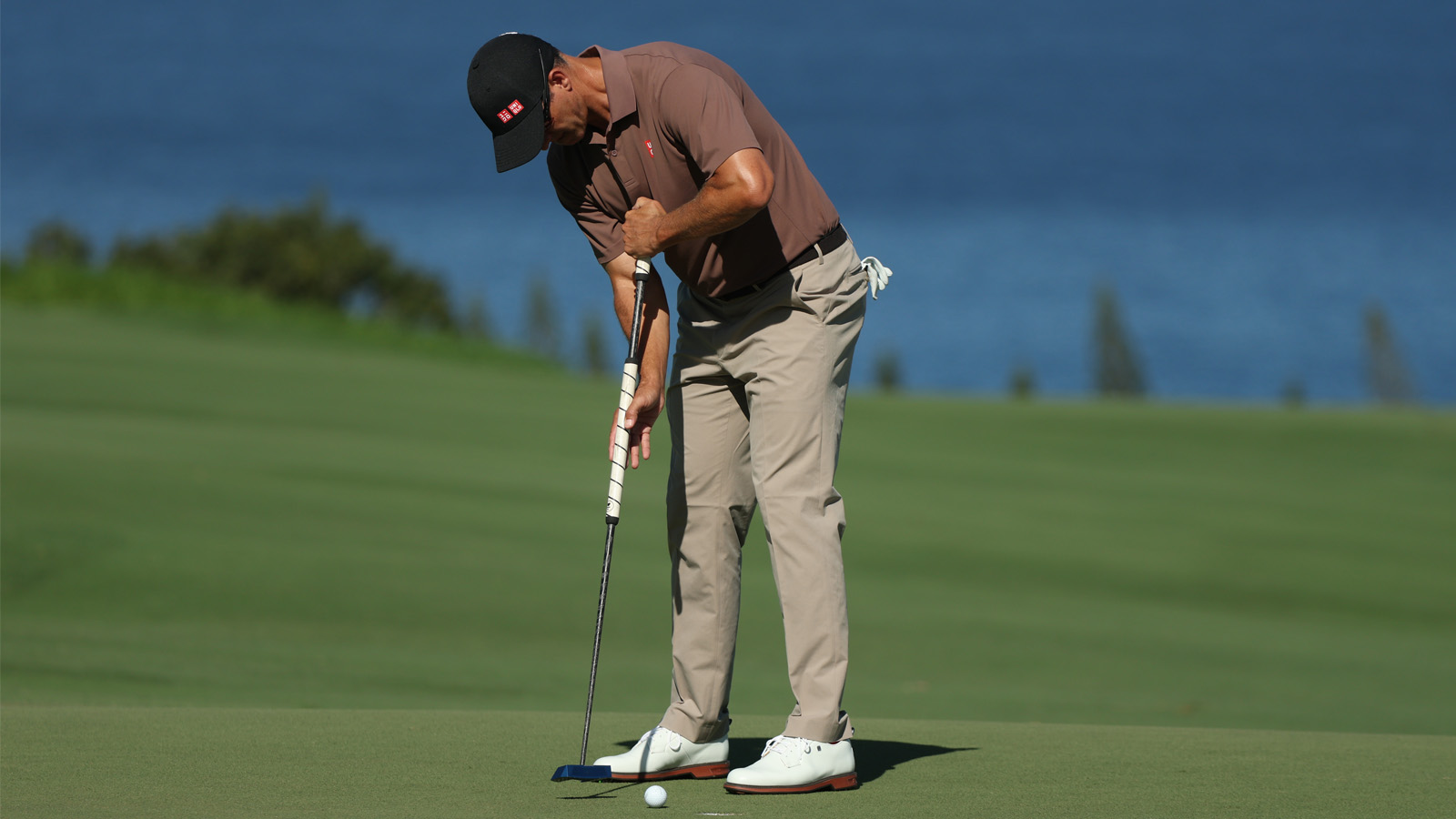 Long Putters Are On The Comeback And I Don't Like It
Long Putters Are On The Comeback And I Don't Like ItIncreasingly used by some of the best golfers in the world, are long putters making a comeback that no-one saw coming? I for one hope not
By Sam De'Ath Published
-
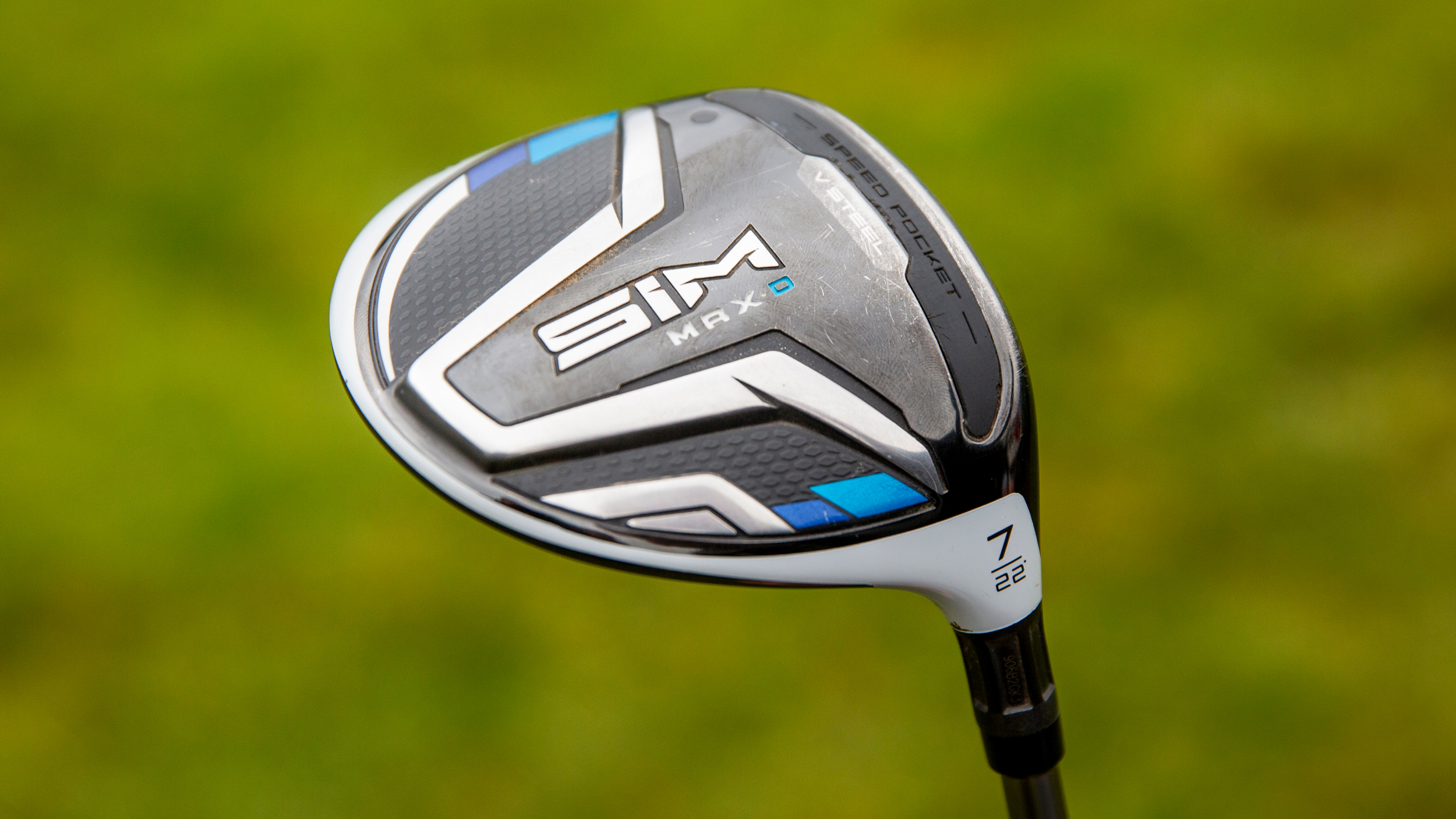 The Surprise Second Hand Club That Sells Out Almost Instantly
The Surprise Second Hand Club That Sells Out Almost InstantlyThis club is becoming increasingly popular with the best players in the world and amateur golfers are loving them too. Maybe it’s time you added one to your bag…
By Michael Weston Published

